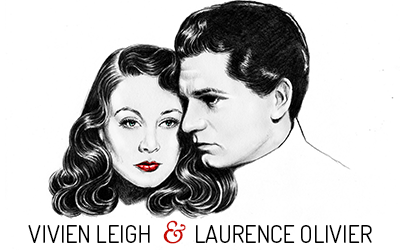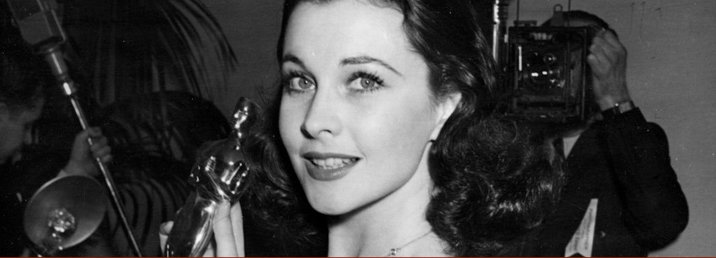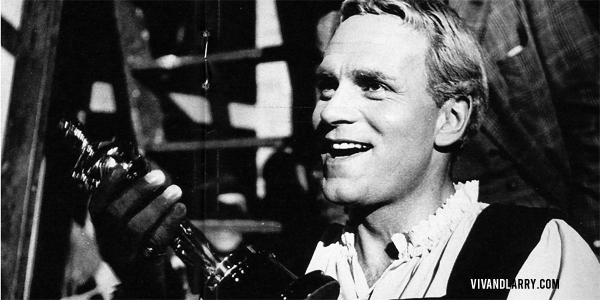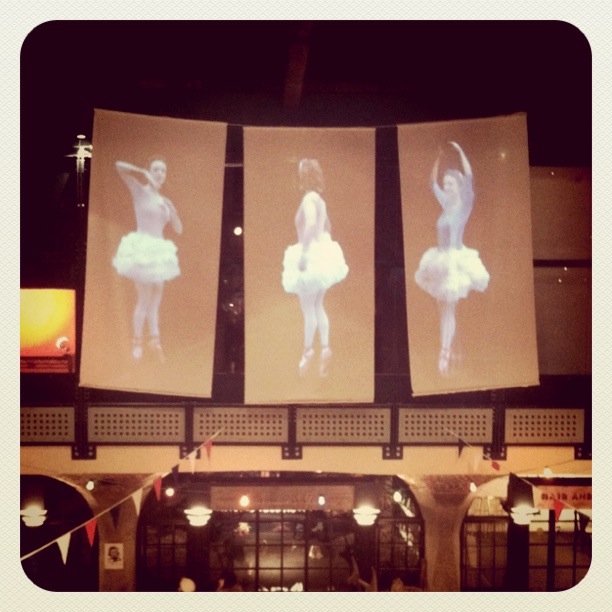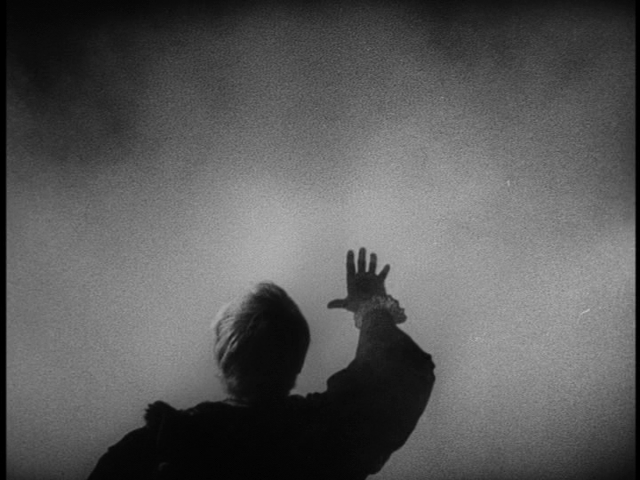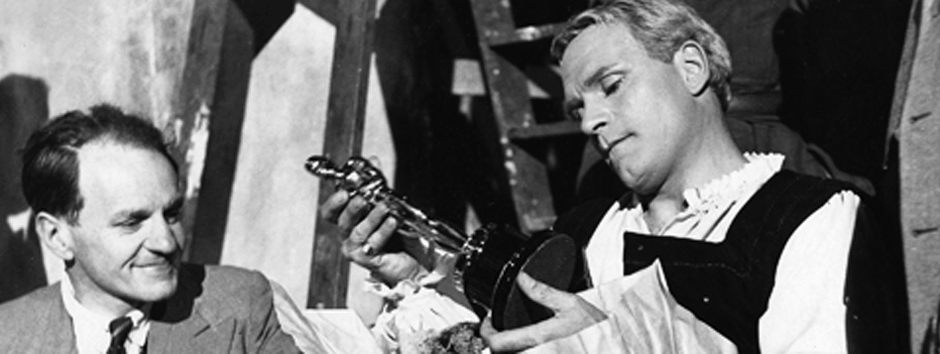As the temperatures in Los Angeles dropped, the Kodak Theatre rolled out the red carpet for the 83rd annual Academy Awards. I’m sure many of my fellow film enthusiasts stocked up on snack food and parked themselves in front of the TV or computer to see who wore what and how well, how many awards The King’s Speech would get and whether there were any upsets for the winners. I, myself, went out to Harrow to watch the ceremony with my friend Riikka.
Author: Kendra
general discussion laurence olivier
Oscar Countdown: 1949
The Academy Awards ceremony in 1949 marked a big step for British films in Hollywood. Two masterpieces from across the pond (Hamlet, directed by Laurence Olivier, and The Red Shoes, directed by Michael Powell and Emeric Pressburger) were up for the Best Picture of 1948. Although the sumptuous and colourful film about a ballerina forced to choose between love and her career was the top-grossing British film of 1948, Laurence Olivier’s moody Shakespearean adaptation ran away with the Best Picture award.
While filming Hamlet, Larry received an honorary Academy Award for special achievement with his 1944 film Henry V (which was released in the US in 1946). Ray Milland came to England to present the award to Olivier at Denham Studios.
general discussion the oliviers vivien leigh
Oscar Countdown: 1940
It’s that time of year again: Oscar season. I have to admit I’m not a huge fan of the televised ceremony because it keeps getting worse and worse every year, but I watch it anyway. I can’t help it (ad I’ll always remember the time I went up to LA to try and get a bleacher seat but ended up standing at the corner of Hollywood and Highland with a bunch of obnoxious and scary people for 11 hours)! The Academy Awards are good for food, friends, fashion and frustration, in my opinion.
The Oliviers had four Oscars between them, 3 for acting and one for special achievement. For the next three days leading up to the Academy Awards ceremony, I thought it would be fun to go back in time and look at Larry and Vivien’s crowning cinematic achievements.
The glamorous days of pre-war Hollywood. The scene: the Cocoanut Grove at the Ambassador Hotel on Wilshire Blvd. The occasion: The 12th annual Academy Awards celebrating the best in cinema.
1939 is considered by many to be Hollywood’s best year in terms of quality output. 10 films were nominated for the Best Picture prize that year (something the Academy reinstated in 2010), and what a selection! Wuthering Heights, Ninotchka, Mr. Smith Goes to Washington, The Wizard of Oz, Stagecoach, Dark Victory, Love Affair, Goodbye, Mr Chips, Of Mice and Men, and the biggest of them all, Gone with the Wind.
The competition in the Best Actor and Actress categories was equally as tough: Clark Gable, Jimmy Stewart, Laurence Olivier, Robert Donat, Bette Davis, Greta Garbo, Irene Dunne, and Greer Garson were all in the running. But as far as the Best Actress was concerned, none of the ladies listed above even came close to garnering as many votes as Vivien Leigh. The Hollywood newcomer was the belle of the ball when she turned up on the arm of producer David O. Selznick, leaving fiancee Laurence Olivier to escort her co-star Olivia DeHavilland (who was up for the Best Supporting Actress award).
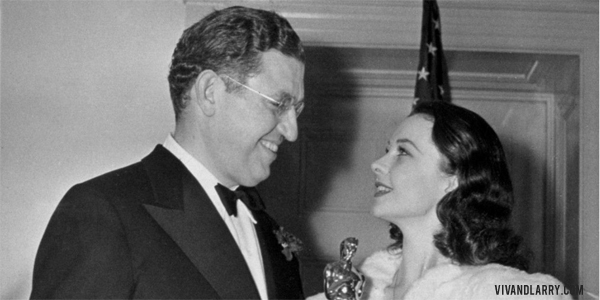
cinema experiences classic film
Secret Cinema (Shhh!)
WARNING: This post reveals the super-secret secret of Secret Cinema. Read at your own risk.
Last night I had the pleasure of attending Secret Cinema, an interactive, cult film event put on by Future Cineama. The aim of the game is to completely immerse the audience in the atmosphere of the film they will be screening. The gimmick is that audiences aren’t notified of where it will be screened or what they will be watching. Once signed up on the website, participants are given clues such as what to wear and where to meet at a designated date–tell no one!
British Cinema History: Hamlet
This is the second paper I did on a Laurence Olivier film last semester for my course. I was interested in looking at Larry and his important role in the British film industry during the 1940s. His Shakespeare films exemplified what critics back then termed “quality” cinema. This paper is an exploration of the muddled definition of the term and how it applied to the 1948 version of Hamlet.
